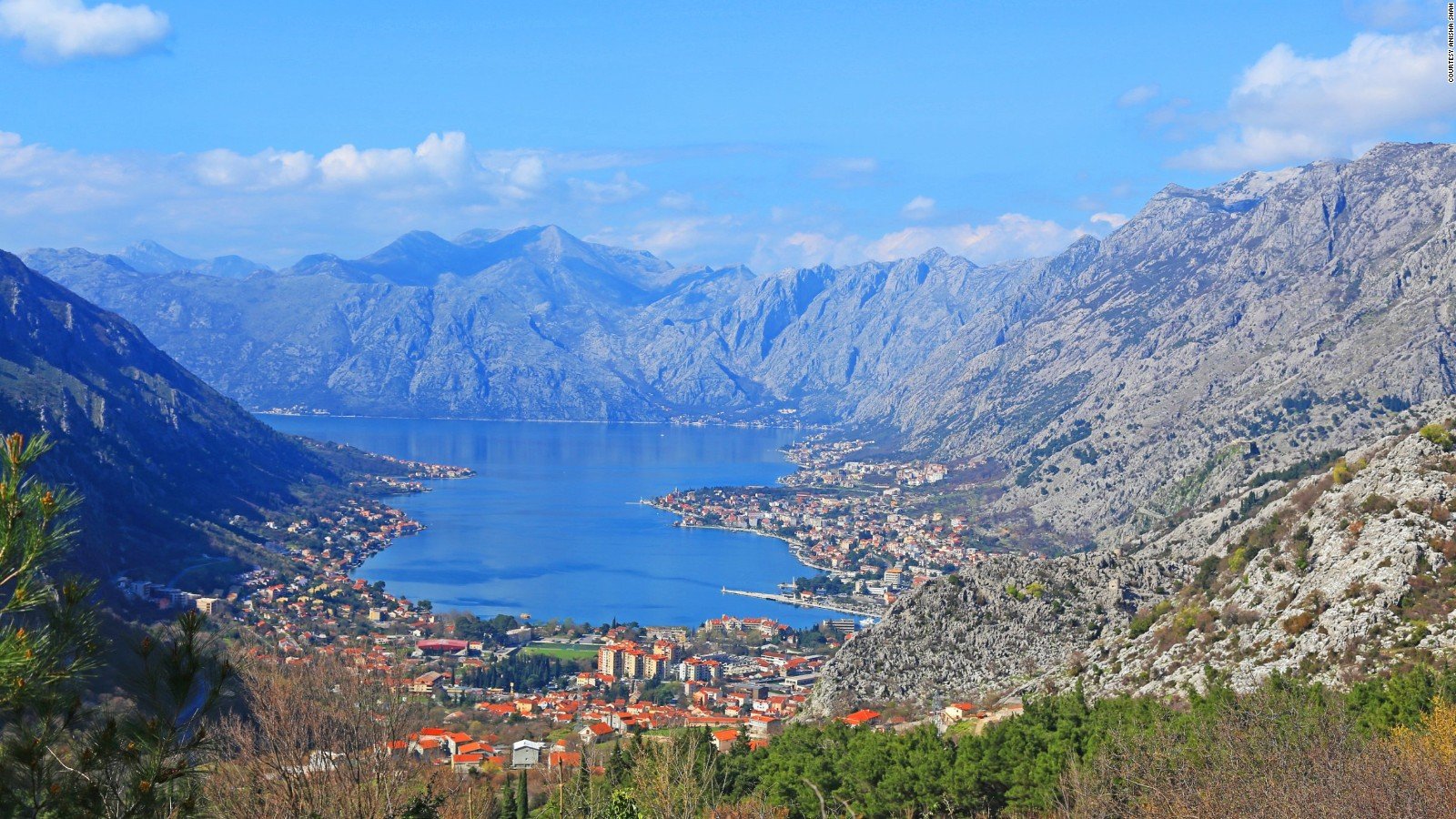
Montenegro
Montenegro is the only Balkan country where you’ll commonly see both A-type and B-type guardrails.
NOTE: For a good overview of European guardrails, see this infographic.
Coverage in Montenegro is limited to main roads, with very few minor roads covered. The only main road not covered is the A1, south of Kolasin.
This map shows the distribution of where rifts are found. Although rifts are common in Montenegro, coastal rounds will not have rifts. By the coast, there will be a short antenna with no rifts. There will be a long antenna with rifts inland.
You can click on the image to enlarge it.
The Bay of Kotor has a touristy and populated feel to it, with many people dressed in swimwear. A distinct steep, rocky ridge can also be seen.
Durmitor National Park can be recognized by a distinct landscape consisting of grassy, treeless mountains with a high-altitude feel.
The town of Žabljak is situated in this national park, and can be recognized by the landscape but also by the unique architecture.
The Pljevlja Coal Mine can be recognized by the wide, artificial wall of gravel. The mine can often be seen from afar.
GeoGuessr’s own official maps are not very good, for a variety of reasons. Plonk It recommends you play these maps instead:
AI gen - Montenegro (map link) - A balanced map of Montenegro with over 10,000 locations.























